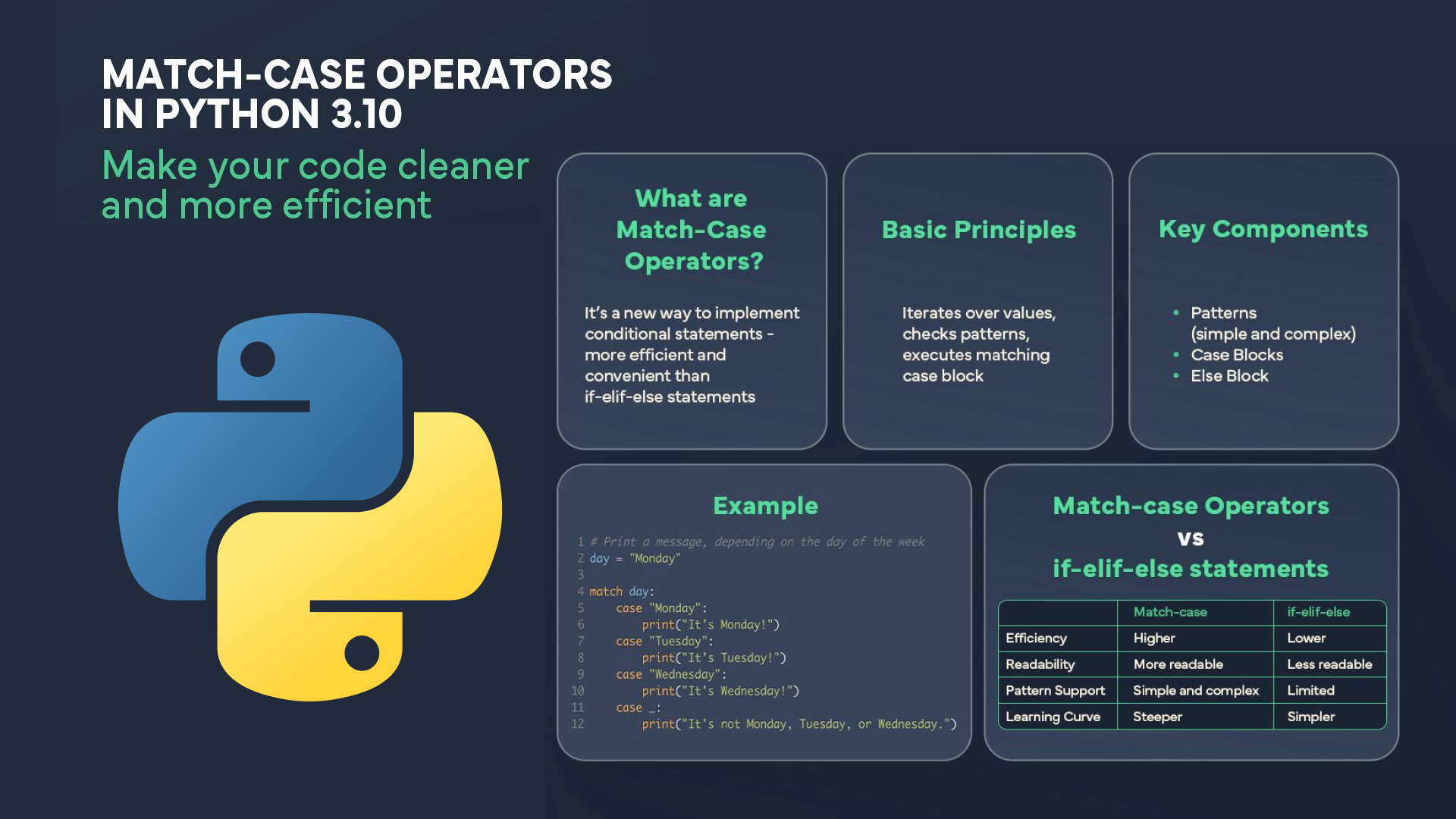Курси по темі
Всі курсиTop 3 Python Libraries for Text Processing and Natural Language
Text Processing

Python offers a myriad of libraries for text processing and natural language tasks, each excelling in specific functionalities. In this detailed exploration, we delve into the top three Python libraries, unraveling their capabilities and use cases in the realm of text processing and natural language.
NLTK (Natural Language Toolkit)
Overview: NLTK stands as an all-encompassing toolkit for natural language processing, serving both as an educational resource and a robust tool for professionals. Let's delve deeper into its capabilities:
Capabilities:
- Tokenization: NLTK provides powerful tokenization tools, allowing developers to break down text into words, sentences, or even phrases.
- Part-of-Speech Tagging: It excels in part-of-speech tagging, assigning grammatical categories to each word in a sentence.
- Named Entity Recognition (NER): NLTK facilitates the identification of named entities, such as names, locations, and organizations, in a given text.
- Concordance and Collocation Analysis: NLTK's concordance and collocation functions aid in analyzing word patterns and relationships within a text.
Example:
from nltk.tokenize import word_tokenize
text = "NLTK makes natural language processing easy."
tokens = word_tokenize(text)
print(tokens)
Run Code from Your Browser - No Installation Required

spaCy
Overview: spaCy emerges as a high-performance library designed for efficient natural language processing. Its focus on speed and accuracy makes it a top choice for various applications. Let's explore its features:
Capabilities:
- Named Entity Recognition (NER): spaCy excels in identifying and classifying entities in a text, including persons, organizations, and locations.
- Dependency Parsing: It provides detailed syntactic analyses of sentences, revealing grammatical relationships between words.
- Part-of-Speech Tagging: spaCy's part-of-speech tagging accurately labels the grammatical categories of words in a given text.
- Efficiency: Known for its speed, spaCy is optimized for large-scale natural language processing tasks.
Example:
import spacy
nlp = spacy.load("en_core_web_sm")
doc = nlp("spaCy provides advanced natural language processing.")
for token in doc:
print(token.text, token.pos_)
TextBlob
Overview: TextBlob simplifies text processing with its easy-to-use interface, making it accessible for developers of all levels. Let's explore the key capabilities of TextBlob:
Capabilities:
- Sentiment Analysis: TextBlob excels in sentiment analysis, providing a straightforward way to assess the sentiment (positive, negative, neutral) of a given text.
- Language Translation: It offers simple and effective language translation capabilities, allowing developers to translate text between different languages.
- Part-of-Speech Tagging: TextBlob's part-of-speech tagging feature aids in identifying the grammatical categories of words in a text.
- Noun Phrase Extraction: It facilitates the extraction of noun phrases from a given text.
Example:
from textblob import TextBlob
text = "TextBlob makes text processing simple and enjoyable."
blob = TextBlob(text)
print(blob.sentiment)
Start Learning Coding today and boost your Career Potential

Conclusion
These top Python libraries for text processing and natural language present a diverse array of capabilities, empowering developers to tackle a wide range of linguistic tasks. Whether you're exploring syntactic structures, analyzing sentiment, or performing language translation, these libraries offer a robust foundation for text-related applications. Dive into their detailed functionalities, experiment with examples, and unlock the potential of Python in the realm of natural language processing.
FAQs
Q: What is tokenization, and how does NLTK tokenize text?
A: Tokenization is the process of breaking down text into individual units, known as tokens. NLTK (Natural Language Toolkit) provides tools for tokenization, allowing the splitting of text into words, sentences, or phrases using convenient functions.
Q: How does spaCy identify named entities in text?
A: spaCy uses Named Entity Recognition (NER) methods, allowing it to identify and classify various types of entities, such as persons, organizations, and locations, in a given text.
Q: How does TextBlob perform sentiment analysis on text?
A: TextBlob uses a built-in sentiment analyzer to determine how positively, negatively, or neutrally a piece of text is expressed. The result is expressed as numerical values.
Q: What capabilities does Gensim offer in the field of text processing?
A: Gensim includes capabilities for topic modeling (such as LDA, LSI), document similarity analysis, word embeddings (Word2Vec), and automatic text summarization.
Q: How can one use concordance and collocations in NLTK?
A: NLTK provides concordance and collocation functions for analyzing text patterns and word relationships. The concordance function shows the context of a specific word, while collocations identify frequent co-occurrences of two words.
Курси по темі
Всі курсиThe SOLID Principles in Software Development
The SOLID Principles Overview
by Anastasiia Tsurkan
Backend Developer
Nov, 2023・8 min read

Match-case Operators in Python
Match-case Operators vs if-elif-else statements
by Oleh Lohvyn
Backend Developer
Dec, 2023・6 min read

30 Python Project Ideas for Beginners
Python Project Ideas
by Anastasiia Tsurkan
Backend Developer
Sep, 2024・14 min read

Зміст